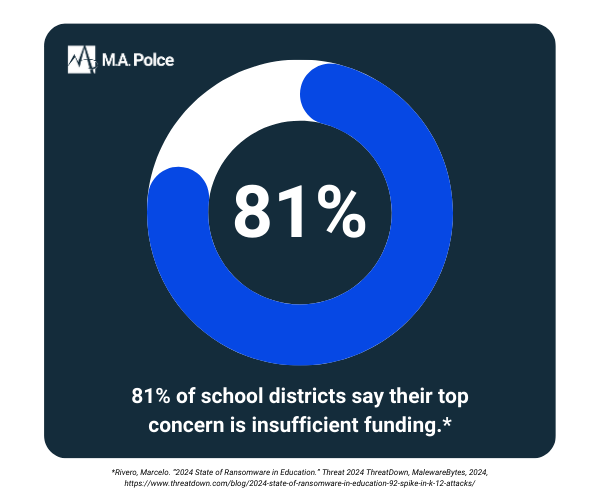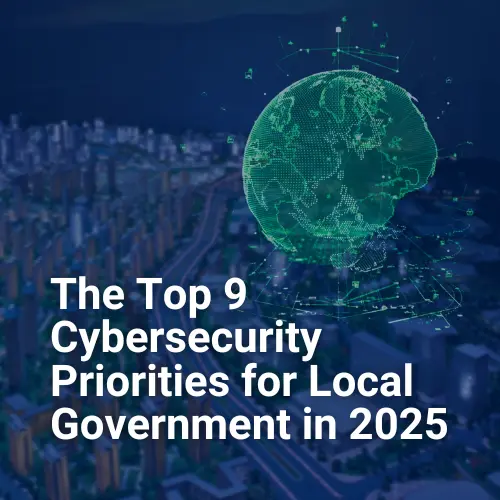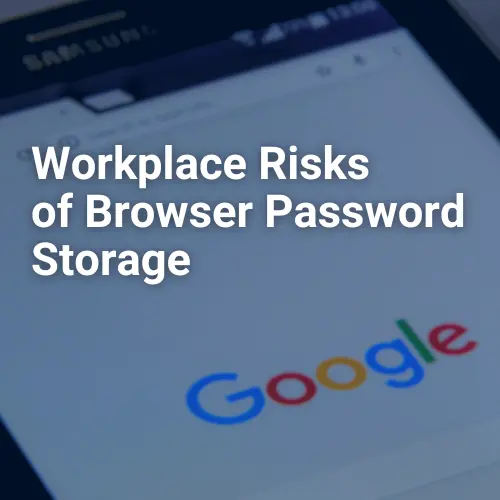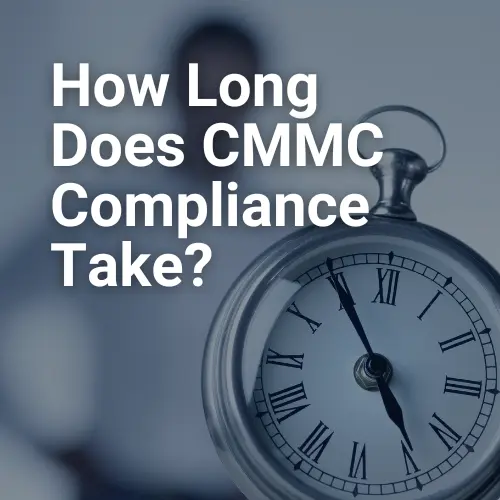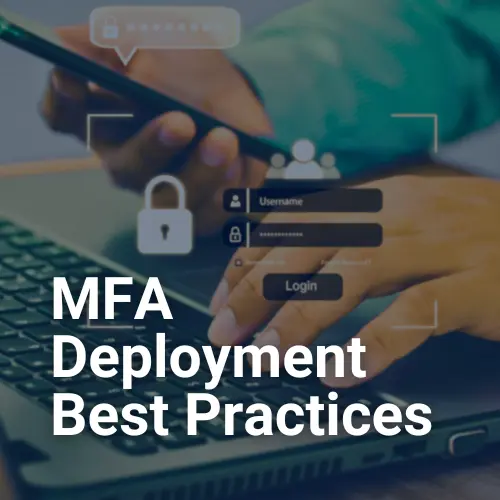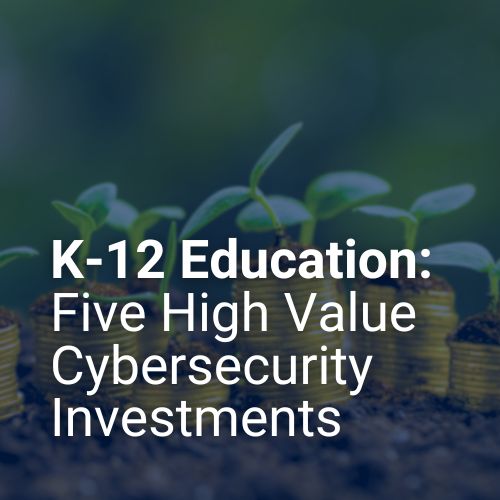Protecting sensitive student and staff data while ensuring seamless access to digital learning tools is a complex challenge for K-12 IT leaders. You must defend against evolving cyber threats, support technology-driven education, and modernize infrastructure—all within tight budgets and increasing compliance demands.
At M.A. Polce, our work with school districts across New York State has given us a deep understanding of the challenges you face. While many districts have foundational security measures like firewalls, backups, and multifactor authentication in place, several critical services remain underutilized—leaving gaps that warrant attention. Drawing from our experience, we’ve identified five high-impact services that provide exceptional value in protecting K-12 institutions. This guide will help you prioritize key investments, strengthen your defenses, and align your cybersecurity strategy with education-specific frameworks.
Managed Detection & Response (MDR)
When it comes to protecting schools from cyber threats like ransomware, Managed Detection & Response (MDR) is a game-changer. This service combines cutting-edge technology with expert human oversight to deliver 24/7/365 threat monitoring and active response. For schools where every minute of downtime disrupts learning, MDR offers unmatched protection and peace of mind.
Here’s why MDR is indispensable:
- Proactive Threat Hunting: MDR doesn’t just wait for alerts; it actively searches for signs of malicious activity across your network.
- Rapid Response: When a potential threat is detected, MDR teams act immediately to neutralize it, minimizing damage and downtime.
- Comprehensive Coverage: From endpoints to servers, MDR ensures all parts of your infrastructure are monitored and protected.
The 2024 State of Ransomware in Education report reveals that there has been a 92% spike in K-12 attacks in recent years, demonstrating that schools are increasingly becoming targets for ransomware. With MDR, you’re not just reacting to threats—you’re staying ahead of them.
Vulnerability Scanning
In cybersecurity, the adage “you can’t fix what you don’t know” holds true. Regular vulnerability scanning is a foundational practice that identifies potential weaknesses in your network before attackers can exploit them.
The advantages of vulnerability scanning include:
- Identification of Weak Spots: From outdated software to weak credentials, scans uncover vulnerabilities that could leave your network exposed.
- Actionable Insights: Scans generate detailed reports, helping you prioritize remediation efforts based on risk levels.
- Ongoing Security: Regular scanning ensures that new vulnerabilities are identified and addressed as they arise.
For K-12 institutions, vulnerability scanning is both an essential first step and an ongoing practice. It provides the clarity needed to make informed decisions about your cybersecurity strategy.
Penetration Testing
Think of penetration testing as a “controlled cyberattack.” This service simulates real-world scenarios to evaluate your network’s defenses, uncover hidden vulnerabilities, and validate the effectiveness of your security measures.
Here’s why penetration testing is vital:
- Real-World Insights: By mimicking the tactics of malicious actors, penetration tests reveal how your systems would fare in an actual attack.
- Validation of Defenses: Tests confirm whether your security measures are working as intended or if there are gaps to address.
- Comprehensive Evaluation: Penetration testing goes beyond vulnerability scans, which only identify known flaws without testing their exploitability. By simulating real attacks, pen tests can reveal hidden threats and complex attack paths for a deeper security evaluation.
For schools, this service is particularly valuable after addressing risks and known vulnerabilities revealed by assessments or scans. It provides evidence that your efforts are paying off and that your environment is as secure as possible.
Network Security Assessment
Your network is the backbone of your district’s IT infrastructure. A network security assessment provides a detailed review of your configurations, policies, and practices to see if they align with current security standards and best practices.
The benefits of a network security assessment include:
- Enhanced Configurations: Identify and correct misconfigurations that could create vulnerabilities.
- Tailored Recommendations: Receive actionable guidance specific to the needs of your district.
- Improved Compliance: Ensure your network meets state and federal regulations, including those related to student data privacy.
As K-12 environments evolve—with more devices, cloud services, and remote learning models—regular network assessments are crucial for maintaining a secure and efficient infrastructure.
Virtual Chief Information Security Officer (vCISO) Services
For K-12 institutions striving to achieve strategic cybersecurity goals, vCISO services provide expert guidance at a fraction of the cost of hiring an in-house professional. A vCISO acts as an extension of your team, offering strategic planning, oversight, and support tailored to your district’s needs.
Key benefits of vCISO services include:
- Strategic Cybersecurity Planning: Develop and implement a comprehensive security roadmap aligned with your district’s objectives.
- Compliance Expertise: Navigate complex regulatory requirements like FERPA and ensure adherence to industry frameworks such as NIST CSF and CIS Controls.
- Cost Efficiency: Gain access to top-tier cybersecurity expertise without the financial burden of a full-time hire.
- Coordination and Leadership: A vCISO collaborates across stakeholders to align technology, policies, and processes with best practices.
By partnering with a vCISO, schools can address resource constraints while gaining the leadership and vision needed to enhance their cybersecurity posture. This service is particularly valuable for districts seeking to integrate cybersecurity into long-term strategic planning without overextending their budgets.
Optimizing Budgets for K-12 Cybersecurity
A recent study revealed that 81% of districts say their top concern is insufficient funding, demonstrating that budget constraints are still a persistent challenge in K-12 education. But, strategic planning can maximize the impact of your investments. Here are some tips to make the most of your cybersecurity budget:
- Prioritize High-Impact Solutions: Focus on services like MDR and vulnerability scanning that address your most critical risks.
- Leverage State and Federal Funding: Explore grants and funding opportunities like E-rate to offset costs.
- Adopt Flexible Solutions: Choose technologies and services that can grow with your district’s needs.
- Collaborate with Partners: Engage with trusted vendors who understand the education sector and can provide tailored solutions.
Aligning with Industry Frameworks
Adhering to recognized cybersecurity frameworks can help K-12 institutions standardize their approach and demonstrate compliance. Frameworks like the NIST Cybersecurity Framework (CSF) and CIS Controls are particularly relevant to education.
- NIST CSF: Provides a comprehensive framework for identifying, protecting, detecting, responding to, and recovering from cyber incidents.
- CIS Controls: These offer actionable steps for improving cyber defense capabilities tailored to your organization’s maturity level.
- FERPA Compliance: Ensures that student data privacy is protected in accordance with federal law.
Aligning with these frameworks improves security and positions your district as a leader in adopting best practices.
Partnering with M.A. Polce for Your K-12 Cybersecurity Needs
At M.A. Polce, we understand that no two school districts are the same. That’s why we take a tailored approach to cybersecurity, meeting you where you are on your journey and providing expert guidance to help you move forward with confidence.
If you’re interested in learning more about the services outlined in this blog—or others we recommend—we invite you to start a conversation with us. Whether you’re just beginning to build your cybersecurity strategy or looking to enhance an already established program, our team is here to support your initiatives and provide the insights and technical support you need to succeed.
Want to ensure that your budget prioritizes the most critical security investments? Click here to download our K-12 Cybersecurity Planning Worksheet to see if you’ve got the essentials covered.

